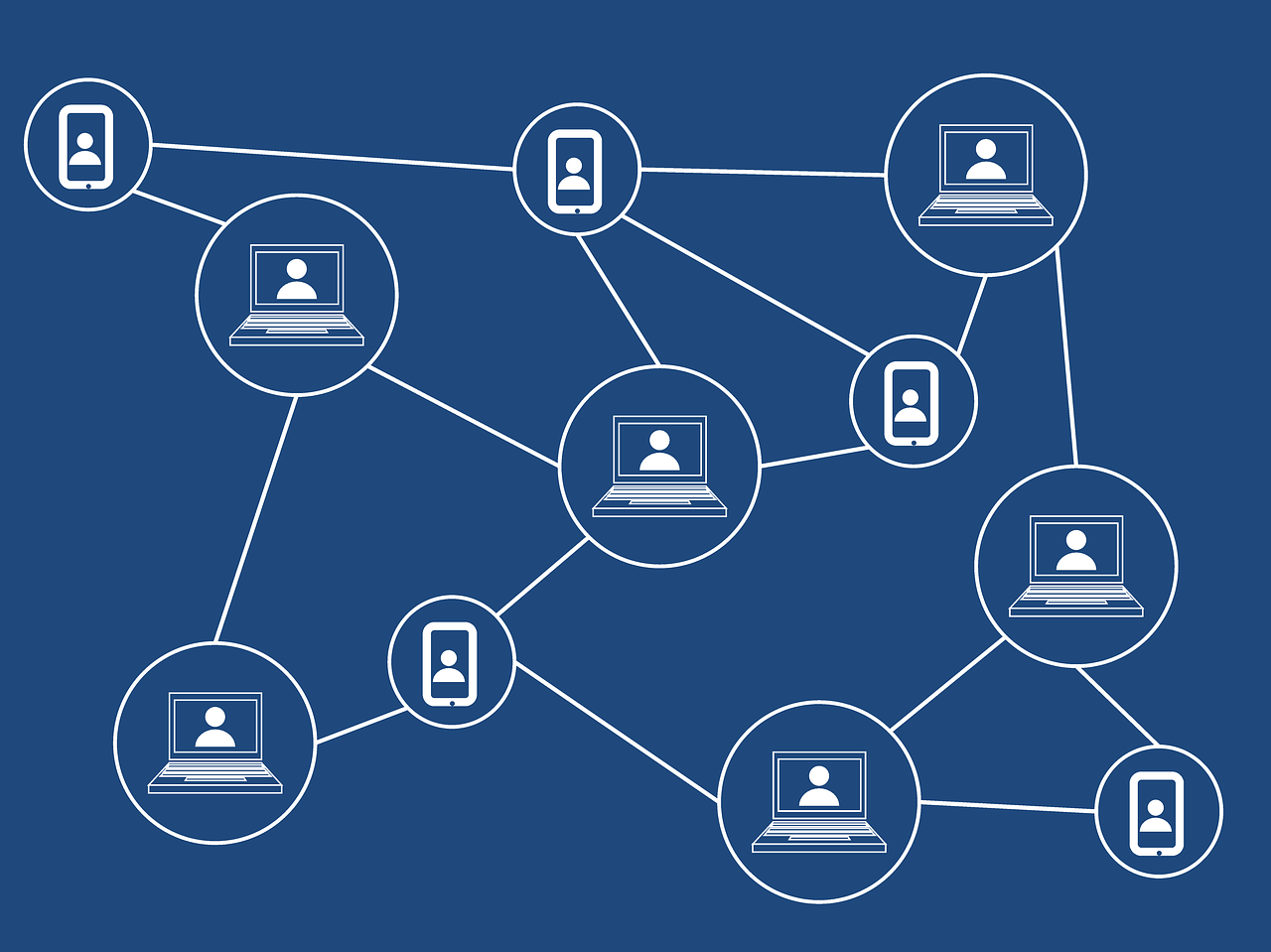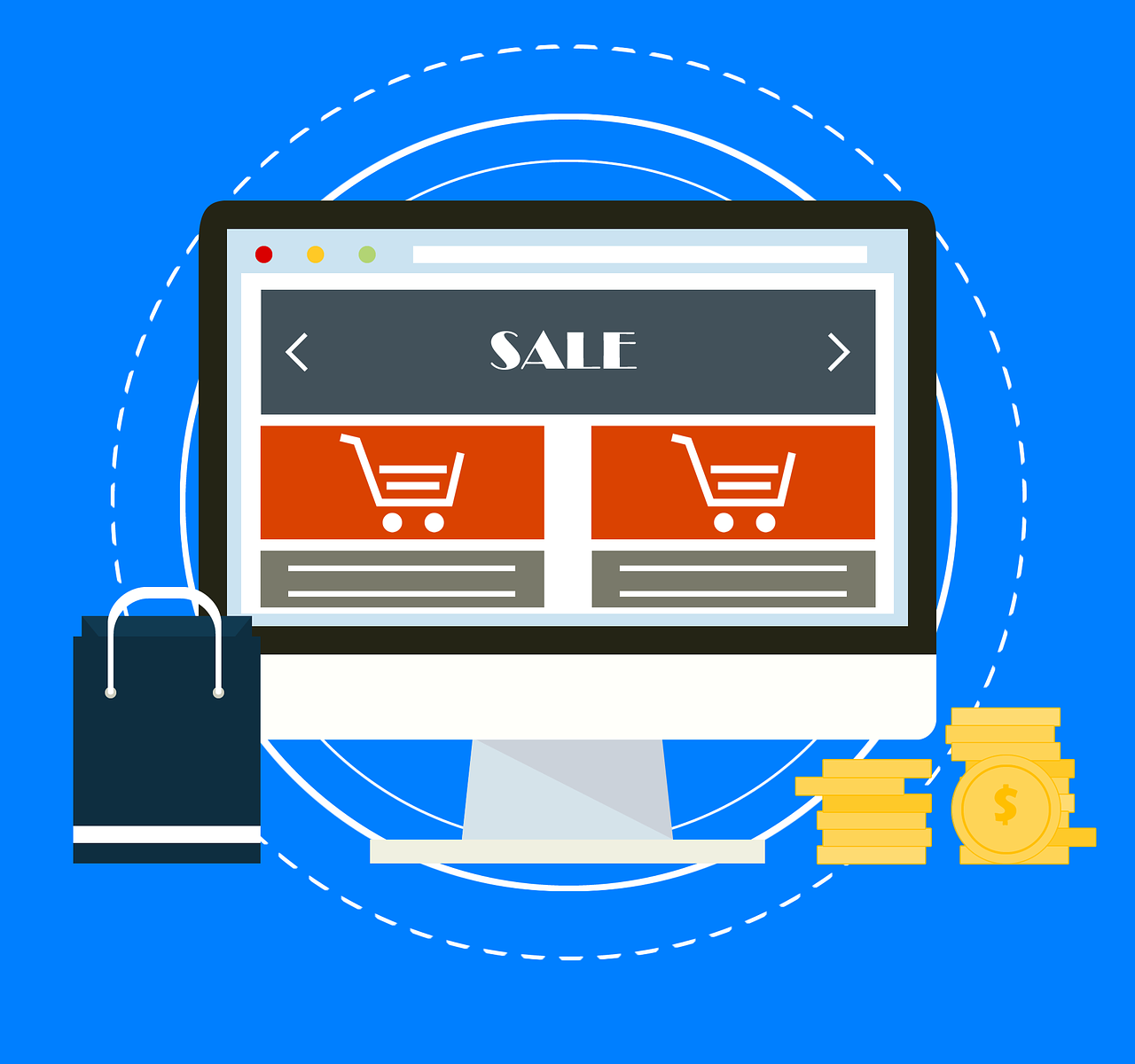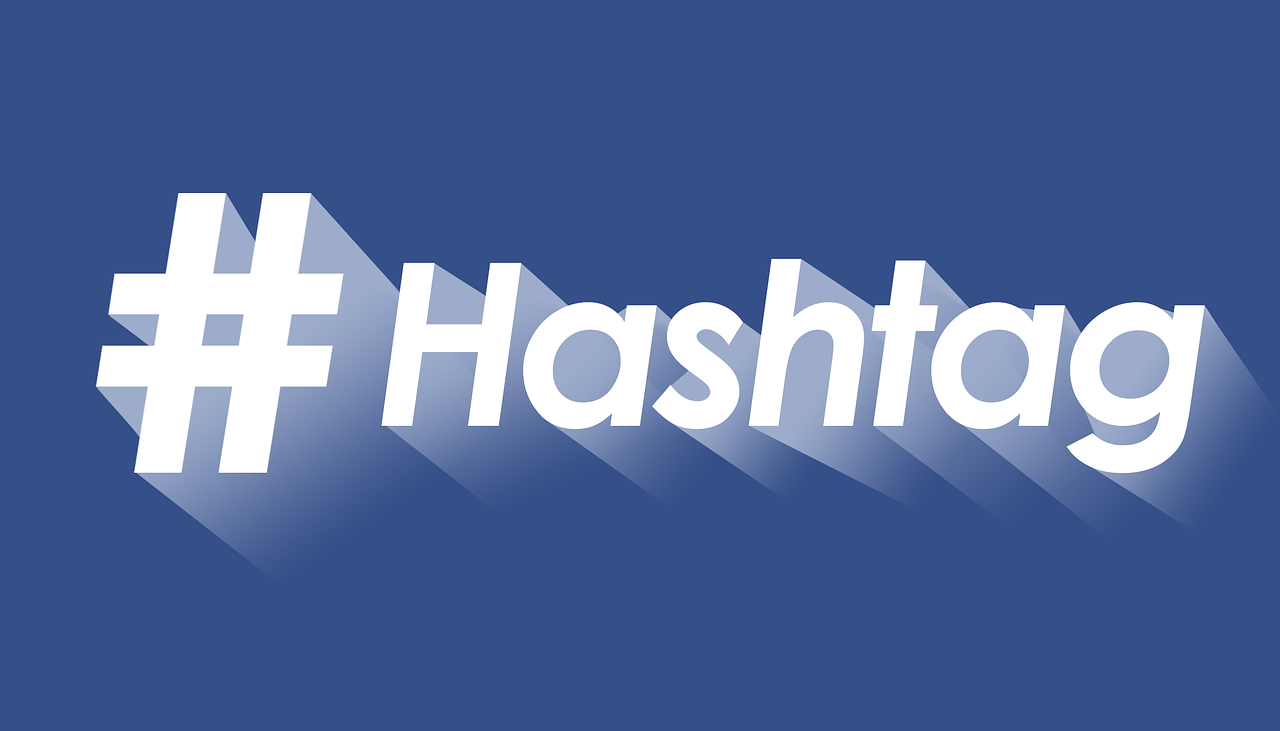We’ve all heard Twitter being likened to a cocktail party, in which you can mill about and join in on any digital conversation that you feel is interesting, and it might have started out that way.
But now it seems that Twitter has turned into a cocktail party in a football stadium, during the Super Bowl game.
Here’s how I see Twitter working if you follow most of the Twitter gurus, Twitter e-book publishers, and self-professed twitter list building experts. Let’s follow through on that cocktail party concept, and assume you’re there for the purpose of finding a date, and eventually a girlfriend/boyfriend, leading to a husband or wife.
The intent seems to have become to say “HI” to everybody at the party as fast as possible (loosely translated, this equates to randomly follow all of them), in as loud a voice as possible (meaning, use some automated tool to follow them), and try to get a first date with everyone you said “Hi” to within 5 minutes (or get them to follow you back).
Is it me, or does this seem delusional?
You know nothing about the people you said Hi to (or followed), nothing about what they are talking about, or what they do, or what their interests are, nothing about whether or not you have anything in common, (didn’t even look at their profile)
Due to having such a huge list of people that you know nothing about, but expect them to agree to your first date request, you have no time at all to take the actions that could actually EARN you that first date.
You didn’t listen to what they are talking about (actually read what THEY post), you didn’t show any interest in them by being interested in anything they said (“Like” something they post), and you didn’t brag about how cool you thought they were and how much you have in common by telling others about them! (“re-tweeting a post or giving them a “Mention”)
You then show your impatience by waiting only a day or two, with no further communication from you to them before you ex-communicate them for not accepting your date offer! (“un-follow”).
Then you brag about your conquests by advertising to the world how many first dates you have had! (I grew by 595 “followers” today) And of course you keep secret how many never called you back. (“un-followed” you) As long as you go on enough first dates, you will continue to grow your ever so valuable list of like minded folks.
It’s noisy, misdirected, misunderstood and even rude. So, even though you have such a misguided approach, you manage to find a few to AGREE to have that first date (or they “followed” you back).
Of course, even though you don’t even know if you like or are interested in them, and they likely have no idea about you as you are both likely following the same misguided technique, you have your robot secretary (or auto reply tool) show up for you (“direct message”) as you are far too busy with your HUGE list of unqualified date prospects to show up in person to explore the possibilities with the one who said they are interested!
If the most common thing to happen, which is your robot secretary (or “direct message”) shows up to find out that they also sent their robot secretary (auto reply to “direct message”) vs. showing up in person, doesn’t happen, there are two ways this seems to go, and the first is almost laughable.
Your robot secretary (or your “direct message”) sits down, but rather than give a compliment, or engage in a meaningful two sided conversation to get to know you, you quickly tell your date (or your “follower”) they have not connected to you the right way to create the most favourable first impression, and you suggest that they re-schedule to a different venue, which you conveniently give them the address to (you telling them to ‘follow you on Facebook or Instagram, or join your newsletter by the link you’ve so graciously included, etc.)
Why wouldn’t you just engage with them in the medium they FOUND you on FIRST? Warm them up to you, t h e n suggest you have other places they can learn more about you after the first date is over, or in order to agree to that first date. Twitter recently took the 140 character limit off the Direct Message feature, for goodness sake.
The second way we are taught to teach our robot secretaries is even more damaging if that is possible.
Your robot secretary sits down at the date, and gives a pre-recorded generic message that doesn’t acknowledge you even read your potential date’s profile, or that you learned anything about them, vomiting your information all over them being convinced they (as a non-curated follower) are totally into you!
Let’s say you fooled your date, they didn’t realize it wasn’t you, or they knew it wasn’t but actually their intention for meeting you was NOT to care what you say, but try to force you to hear what they had to say, so they agreed to a second date.
The better robot secretaries will help this. They will automatically follow up with some equally random, off-putting self-promotion a few days later. This usually guarantees your date will stop returning your calls (or not read, like, reply, or retweet), or worse yet, EX-COMMUNICATE YOU (or “un-follow” you). Either way, you’re NOT getting a second date.
Welcome to Twitter. Everybody talking AT each other, instead of WITH and TO each other.
Now the idea is to get your first dates to turn into second dates, and second to third, to boyfriend/girlfriend, to marriage.
Let’s consider marriage to be the sale.
This to me is Twitter done WRONG! How do we do Twitter the RIGHT way?





